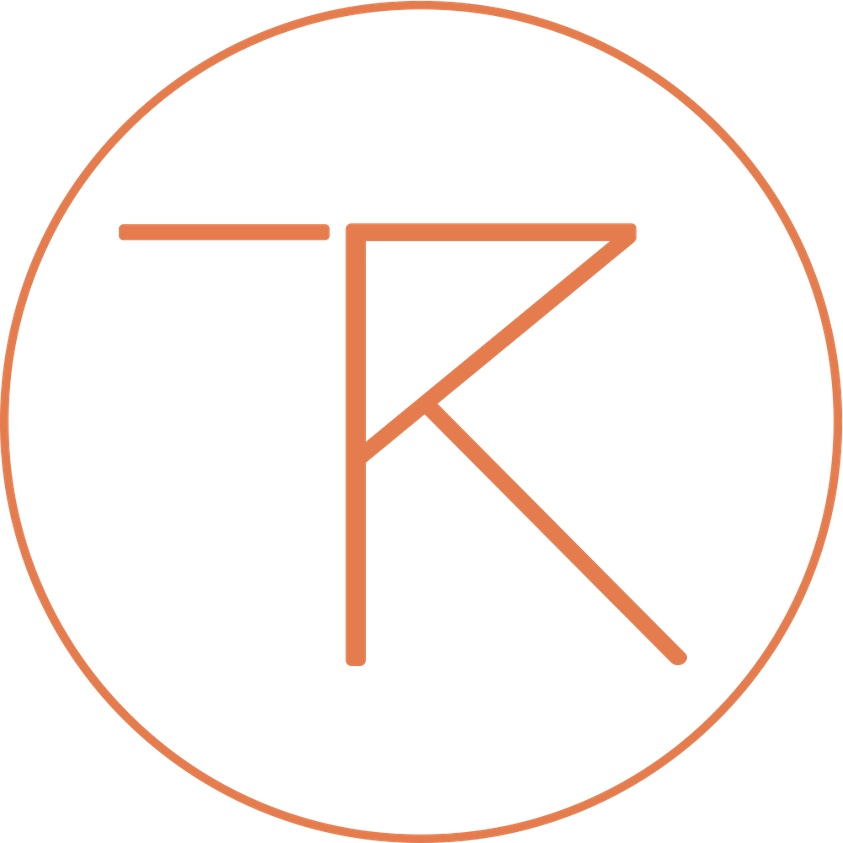Im.Primo: Wireless 3D Scanning & 3D Printing at your fingertips
Im.Primo allows users to scan objects with their phone and 3D Print it with the click of a button. The application leverages the Lidar scanner in an iPhone coupled with SLAM algorithms to scan an object and grenerate a mesh file.
This mesh file is then sent to a backend server which filters it and converts it into a 3D Printable STL file.
This STL file is then sent to a 3D printer running Octoprint on a Raspberry Pi to enable wireless printing.
Built using Python, Swift, Django, StandardCyborg API, & OctoPrint API
Check it out: Youtube,
DevPost, GitHub
Print.ology: Interactive 3D Print Previews in Augmented Reality
Print.ology allows users to preview 3D models they'd like to print in AR to get insights into how their print would turn out.
The application starts off with the user uploading thier desired 3D models onto a server. The backend of the server processes the uploaded STL file and converts it into a USDZ file to enable compatibility with AR view.
Then the mobile app connects to the server to browse a catalogue of the models which they have uploaded.
From here users can select their model and view it in AR and then send it to the server to 3D print it wirelessly. This application was built during my first hackathon and actually placed in the top 3 out of over 600 contestants.
Built using Node.js, Swift, ARKit, & OctoPrint API
Check it out: GitHub,
DevPost
SmartDrone: Autonomous Mini-Quadcopter
Programmed a DJI Tello drone to recognize the user’s face and autonomously track them while maintaining a set distance.
This project gave me an introduction to applied computer vision and was also presented at McMaster’s IBM design showcase.
Built using Python, OpenCV, and DJI Tello
Check it out: GitHub
Ultrasonic Rangefinder
Designed and built a breadboard prototype of an instrument to provide a readout of the distance
of an object from an ultrasonic sensor with a maximum range of 1 meter.
This was done without the aid of any micrcontroller or microprocessor, and it was designed from scratch incorporating all my knowledge from digital and analog electronics.
Built using NI Multisim, 400PT160 40kHz Ultrasonic Transducers,
SN74HC112N J-K Flip-Flops, TLC555 Timers, Op Amps, and more.
Check out the full detailed report: Report

